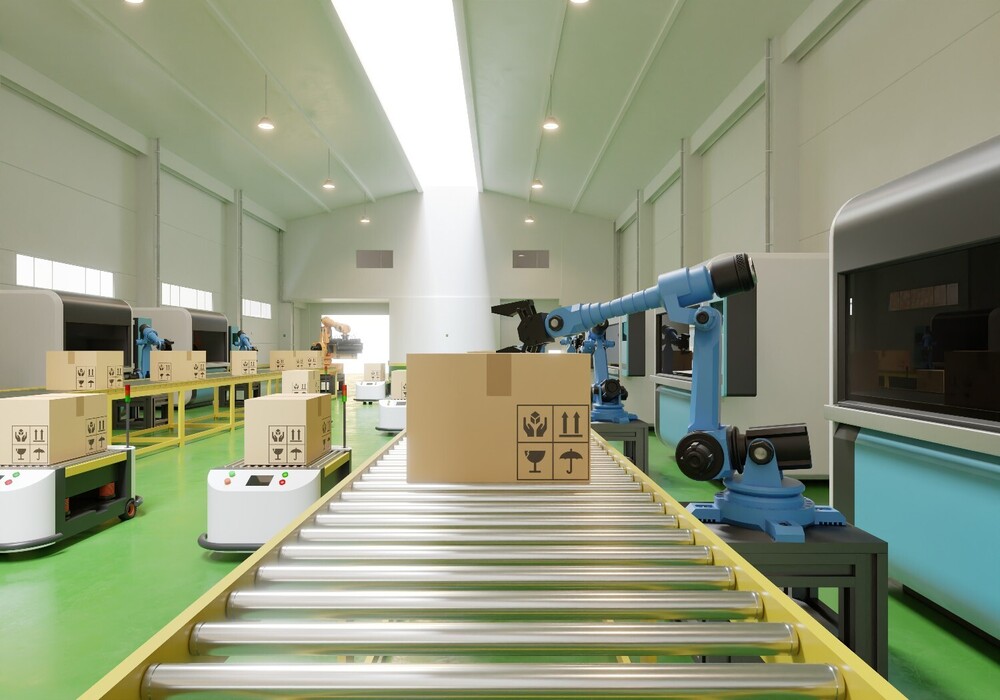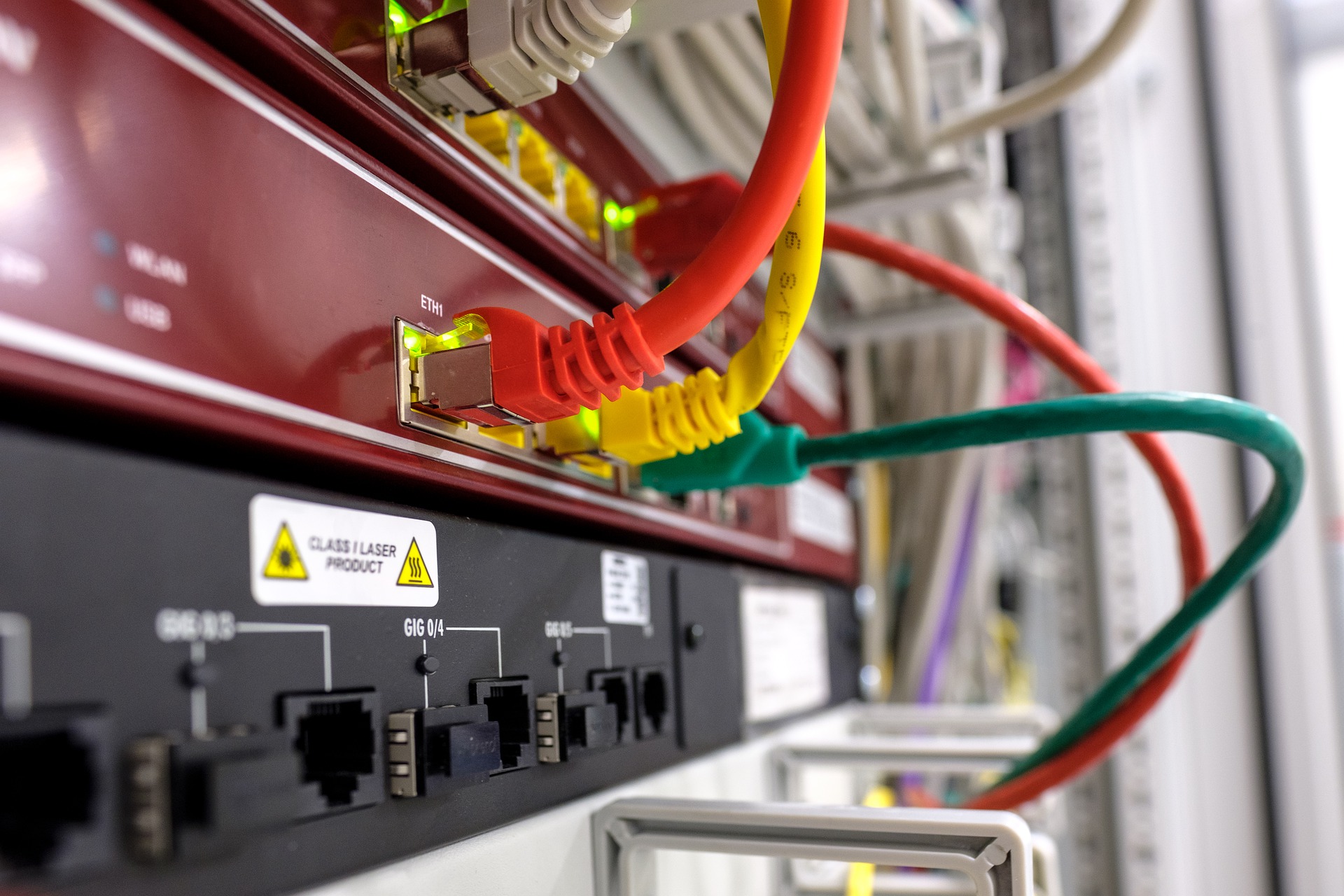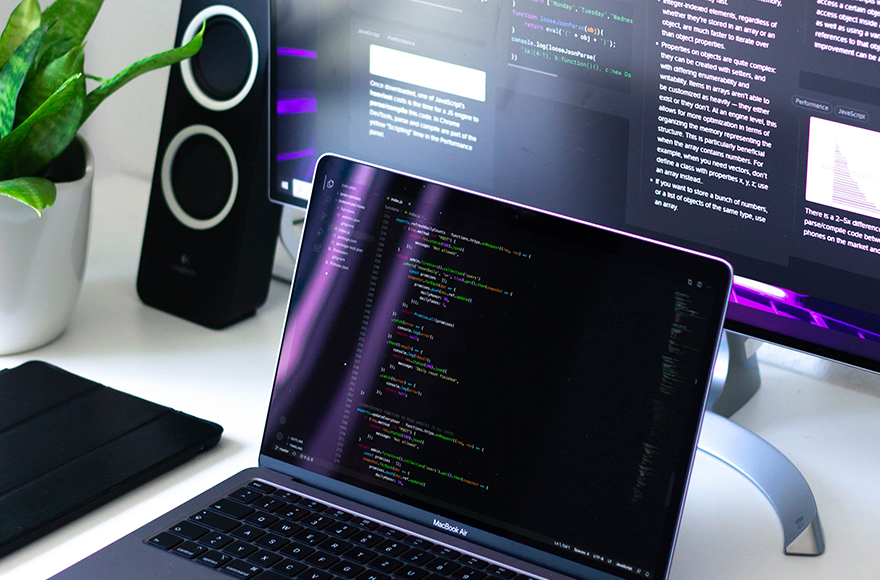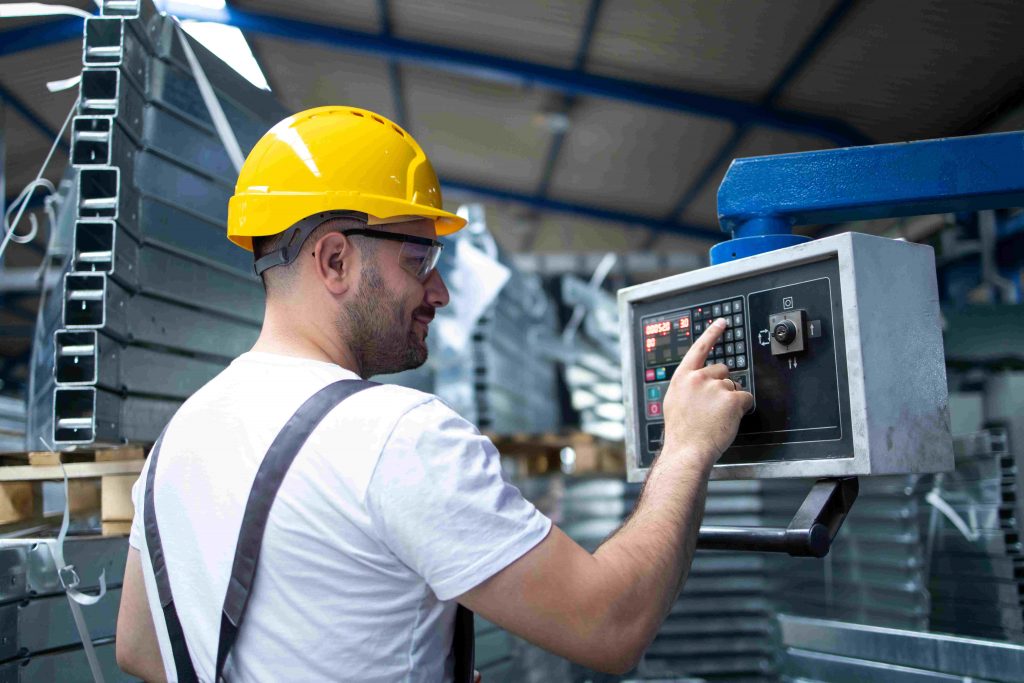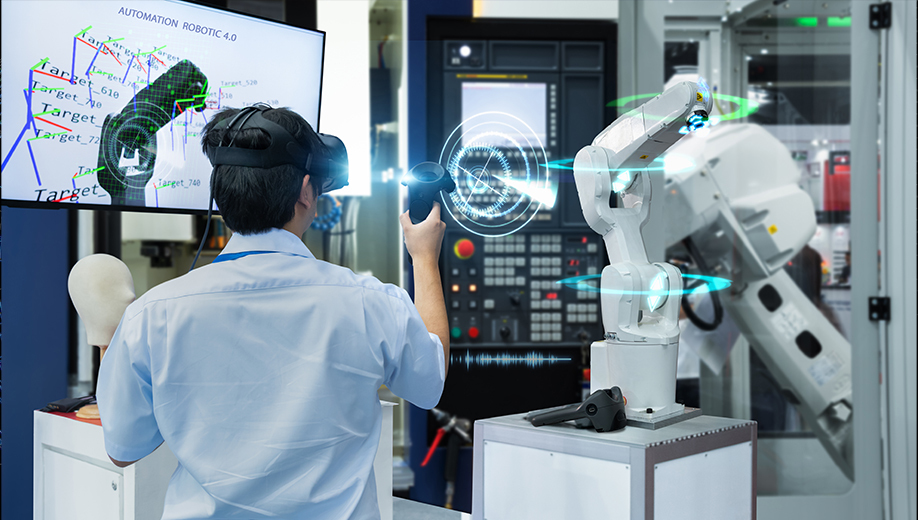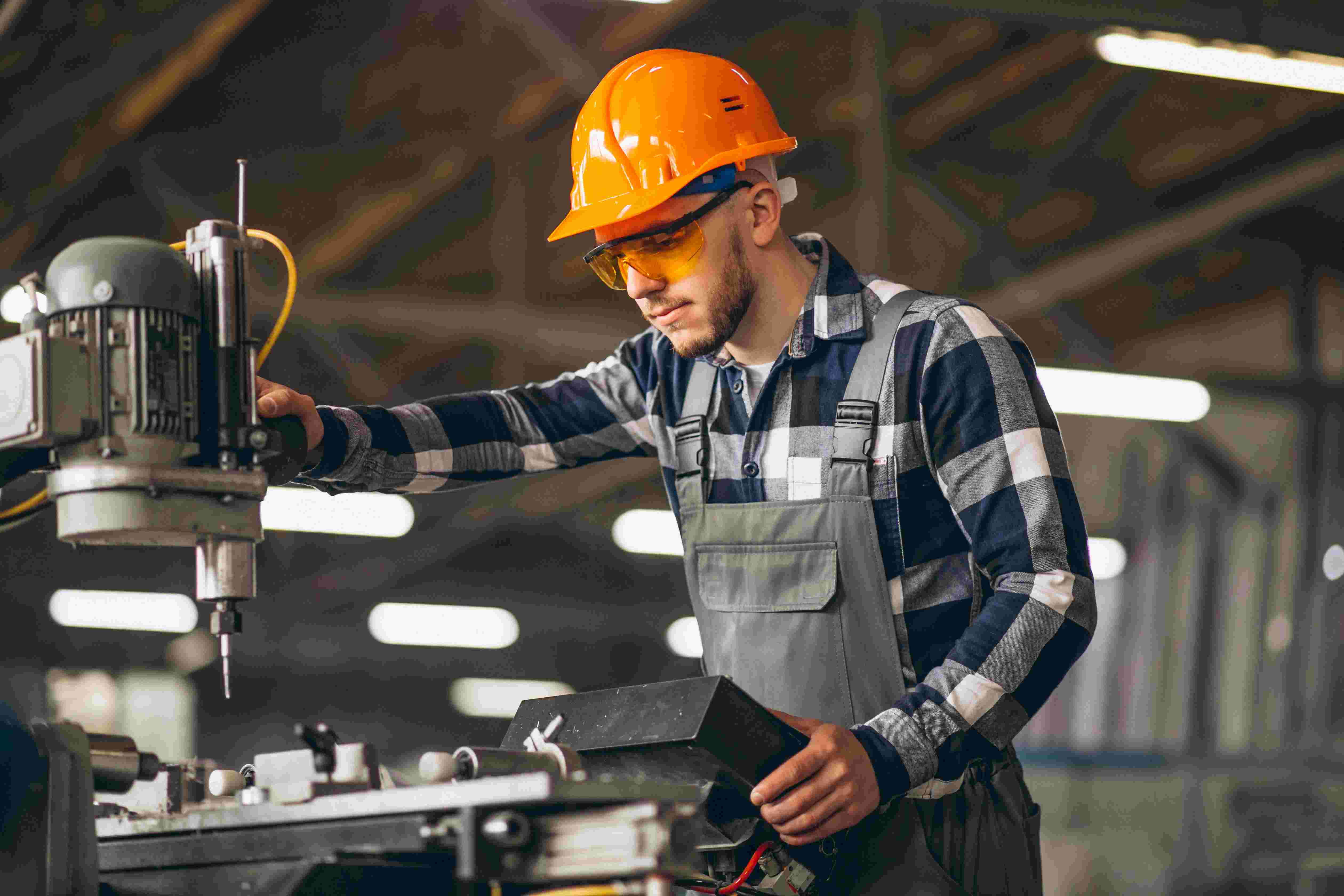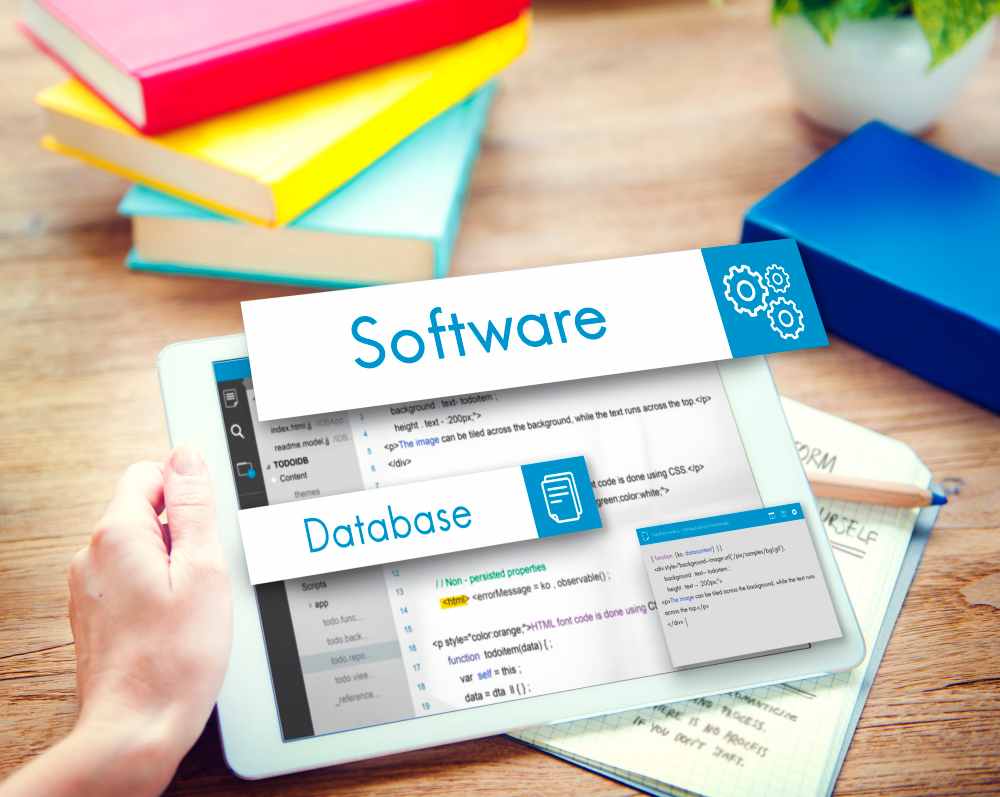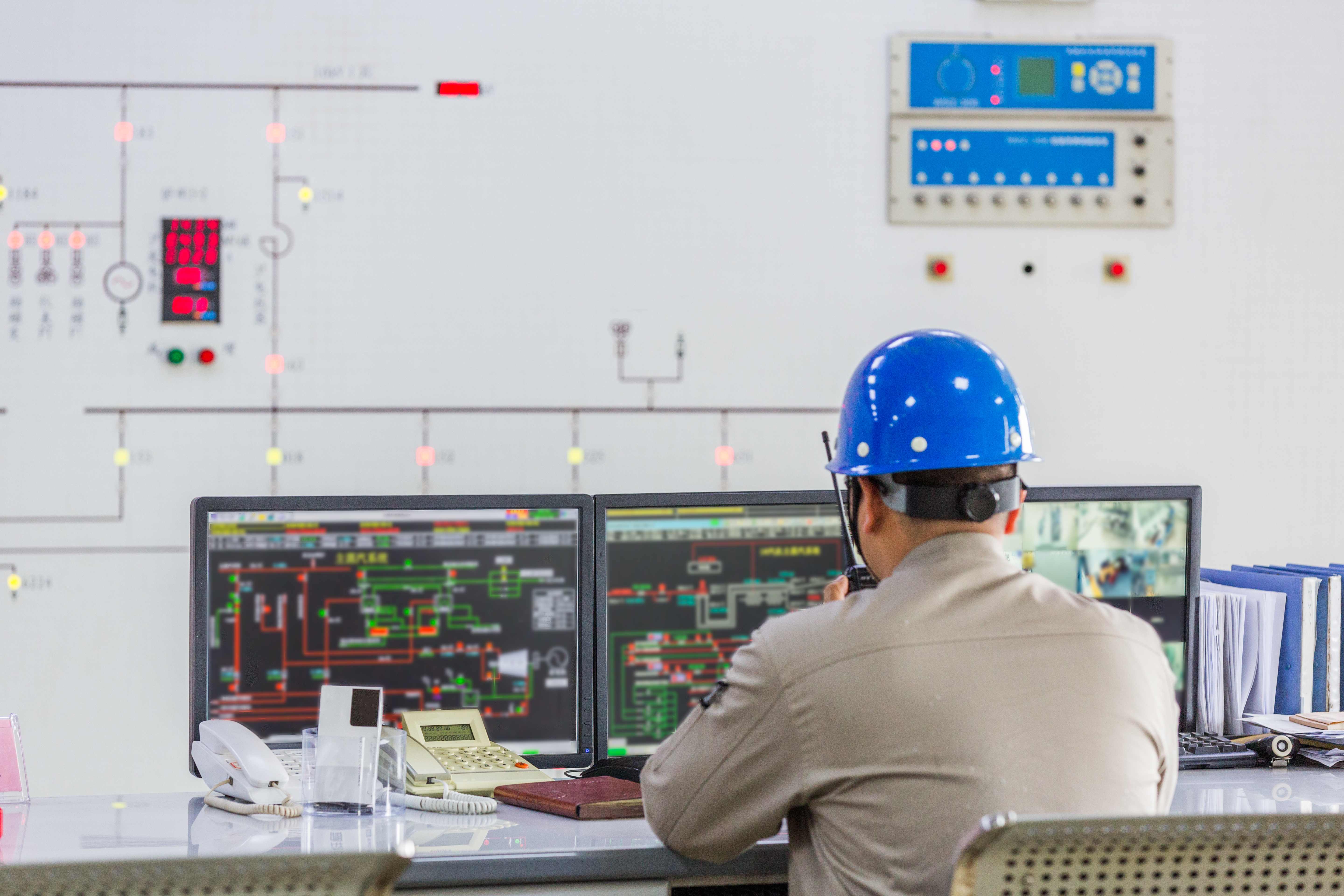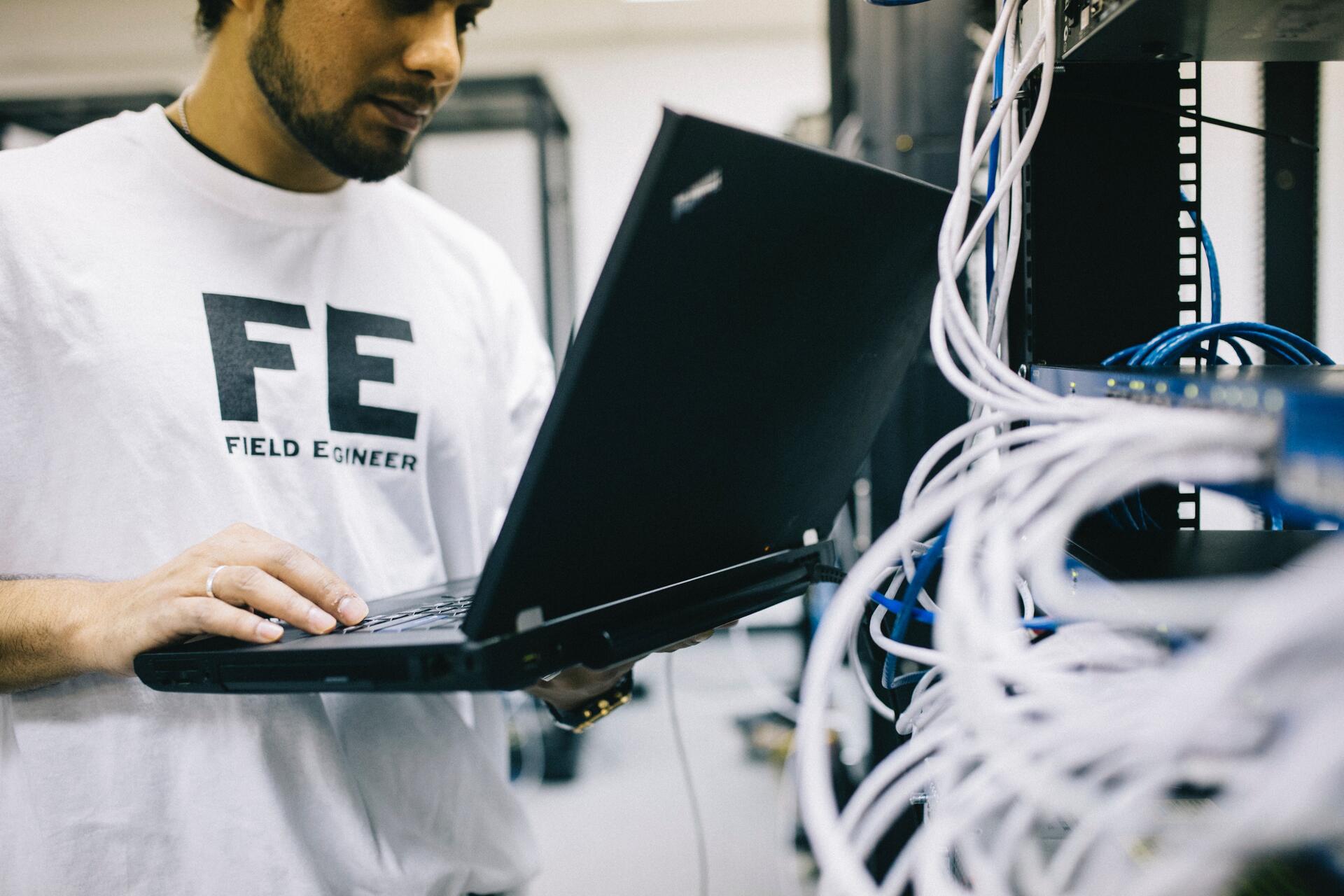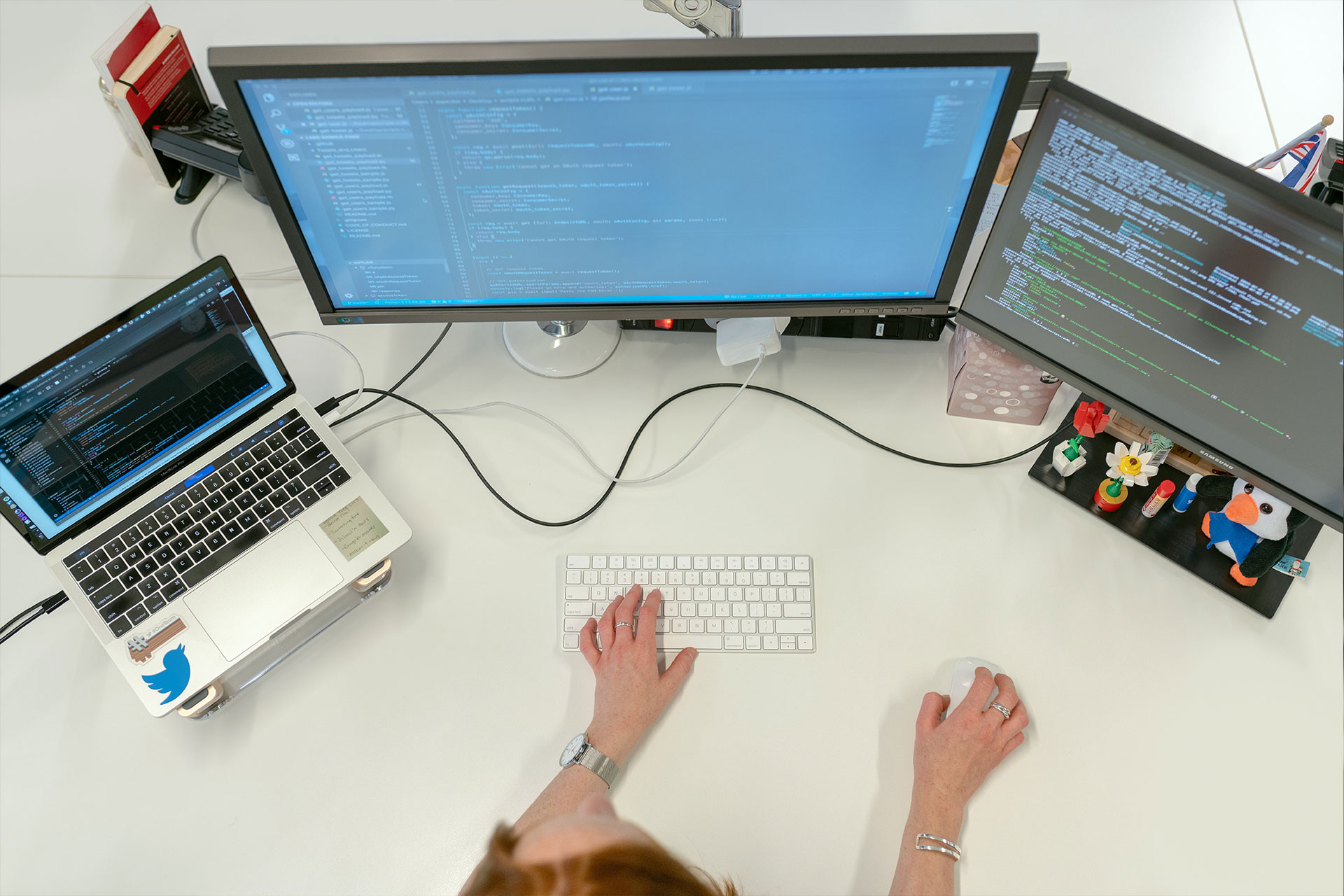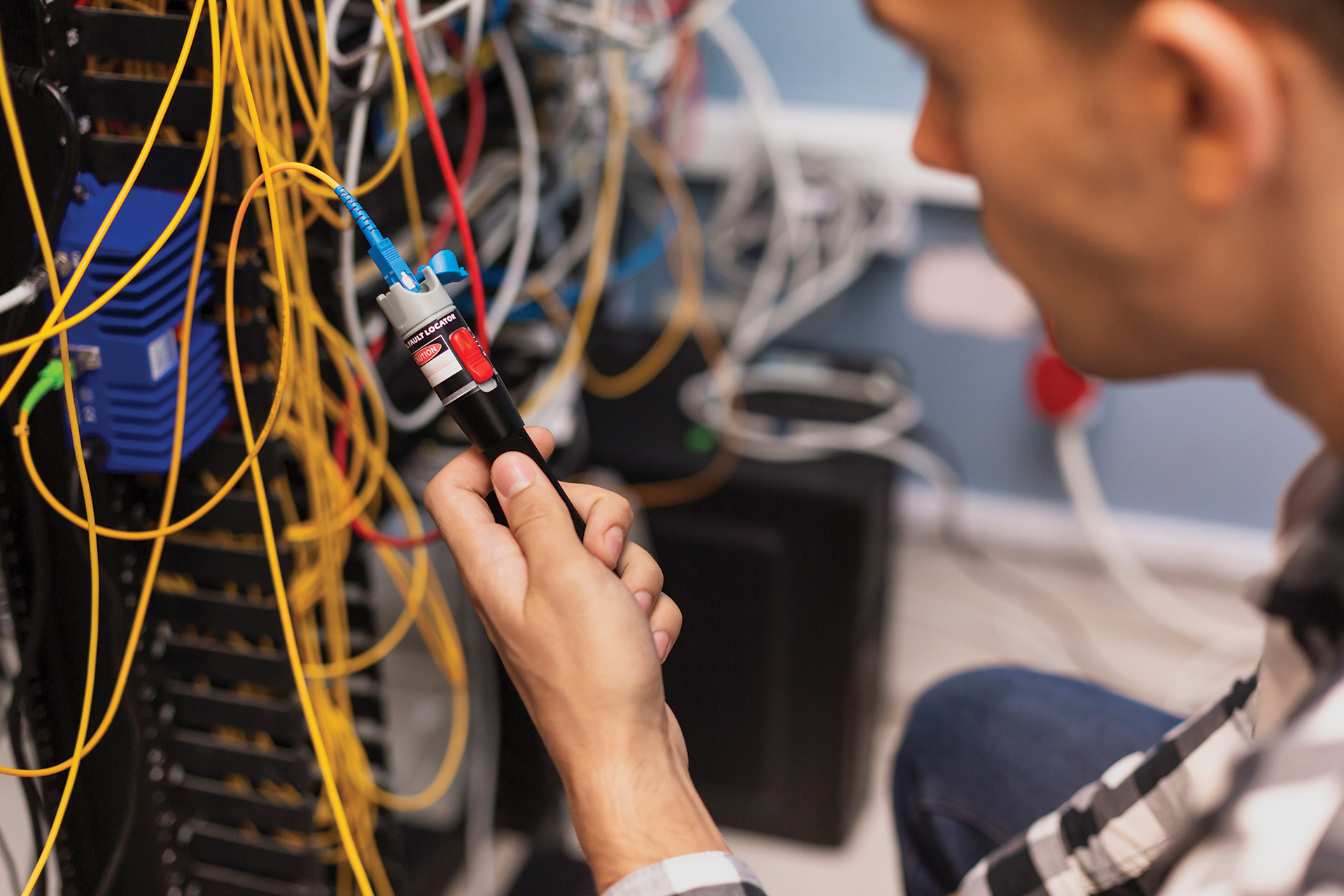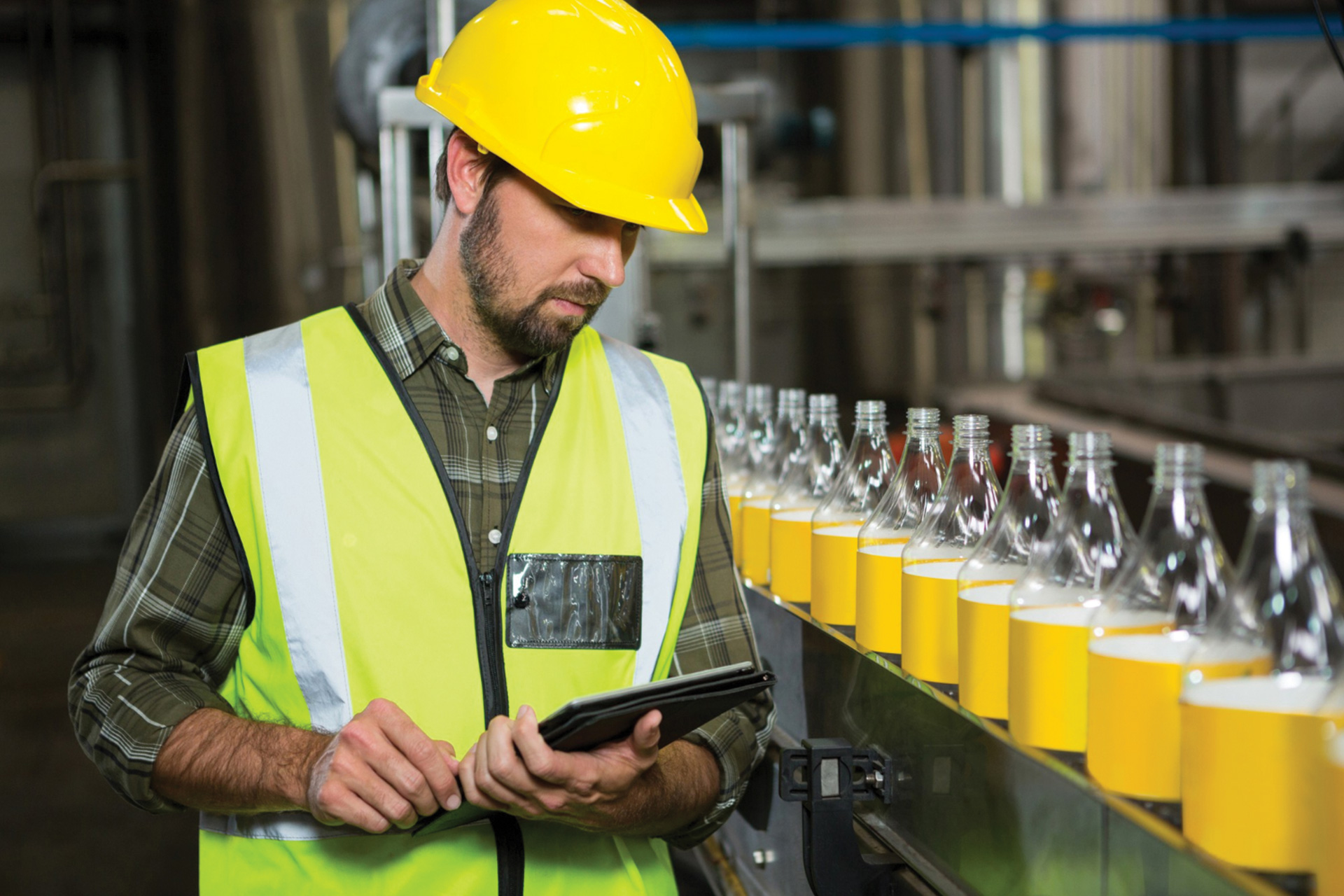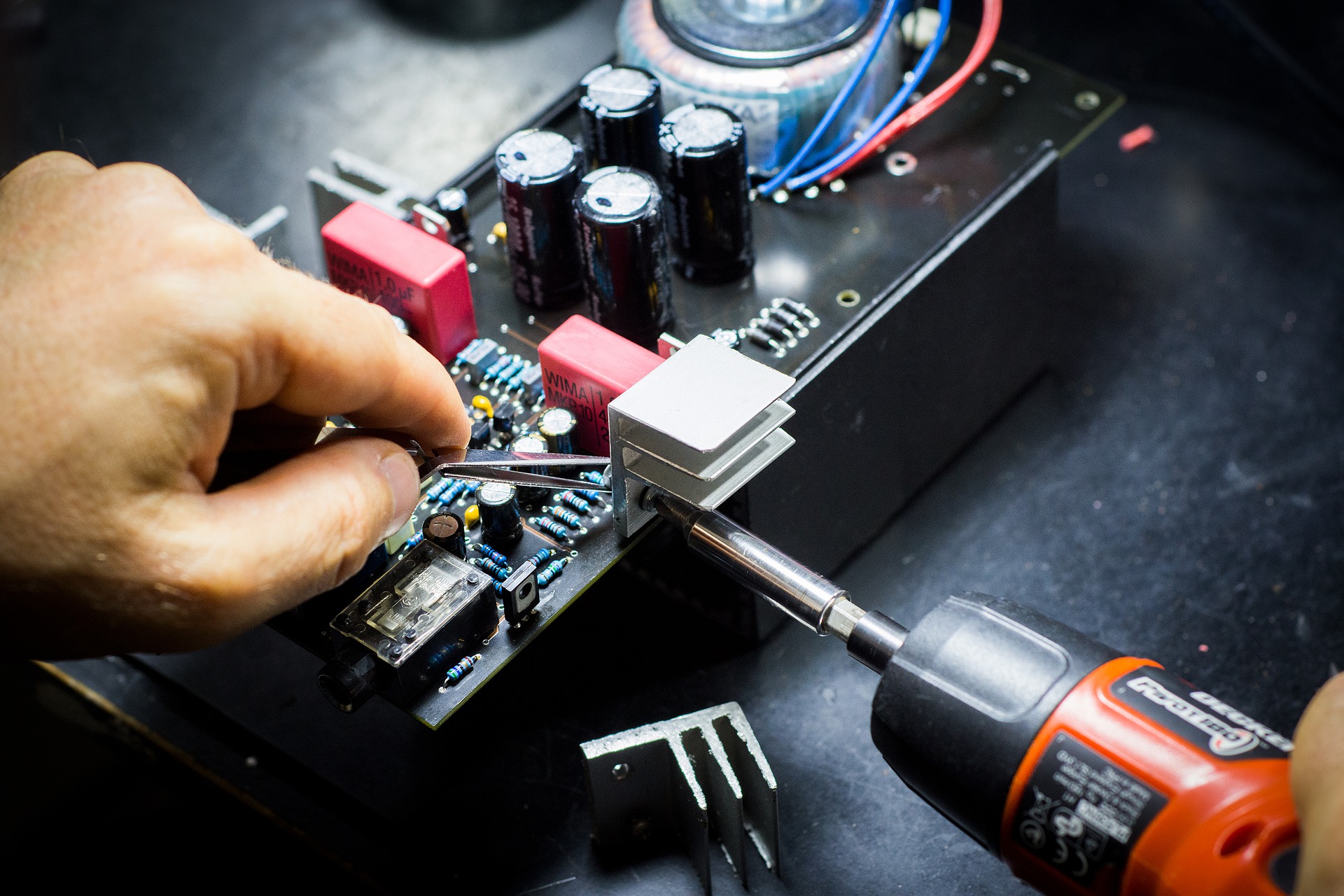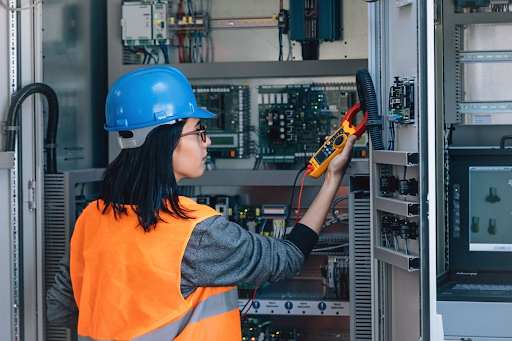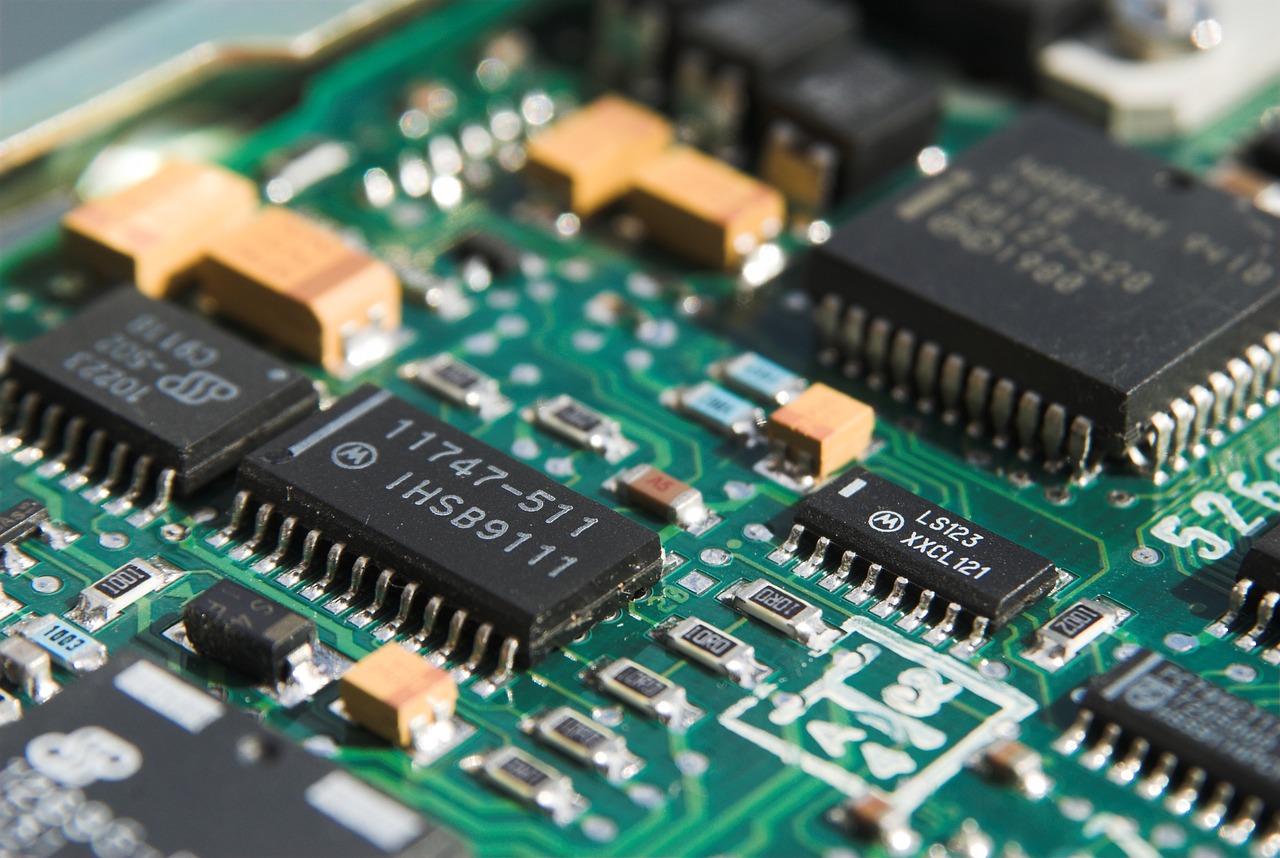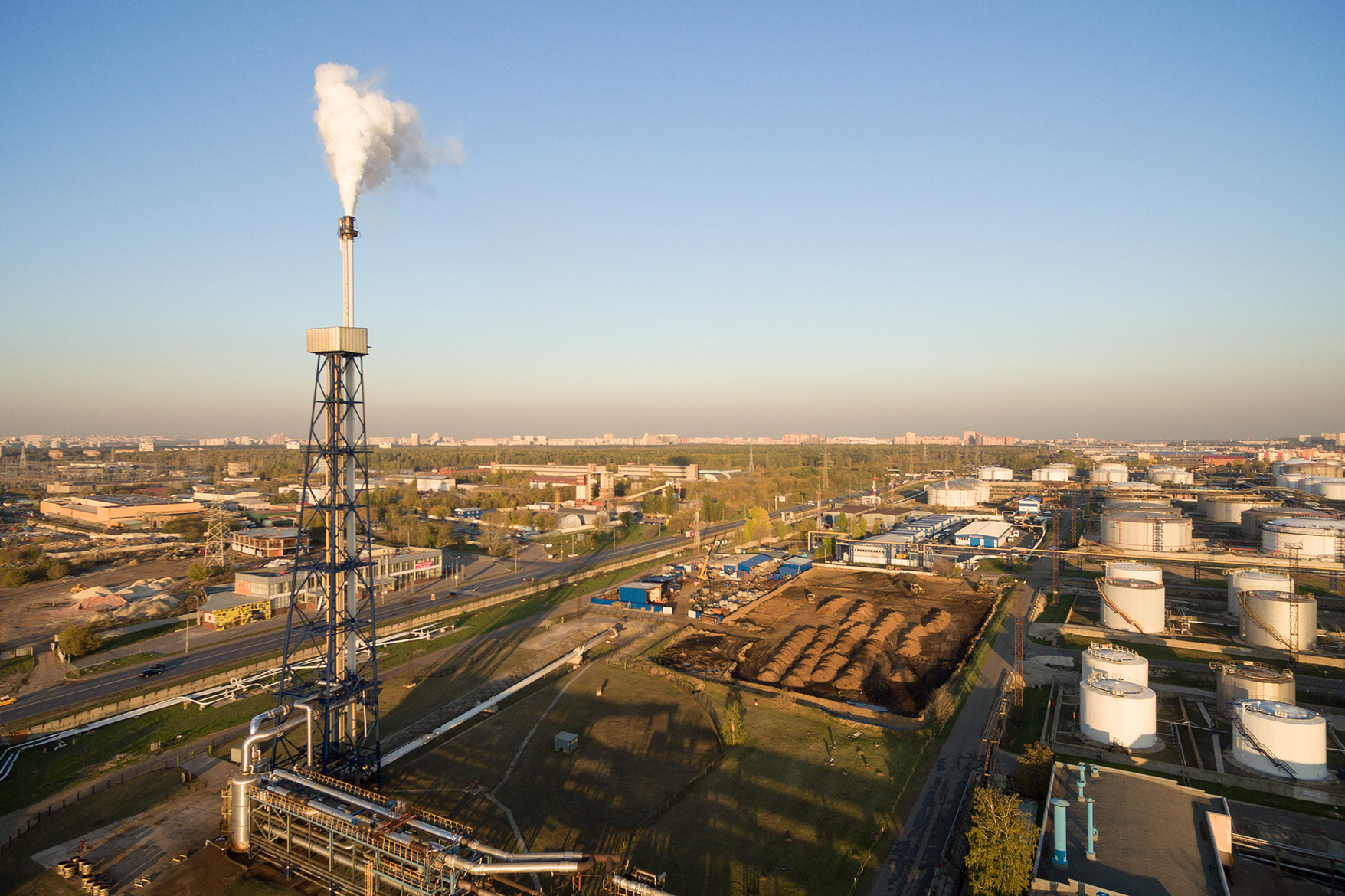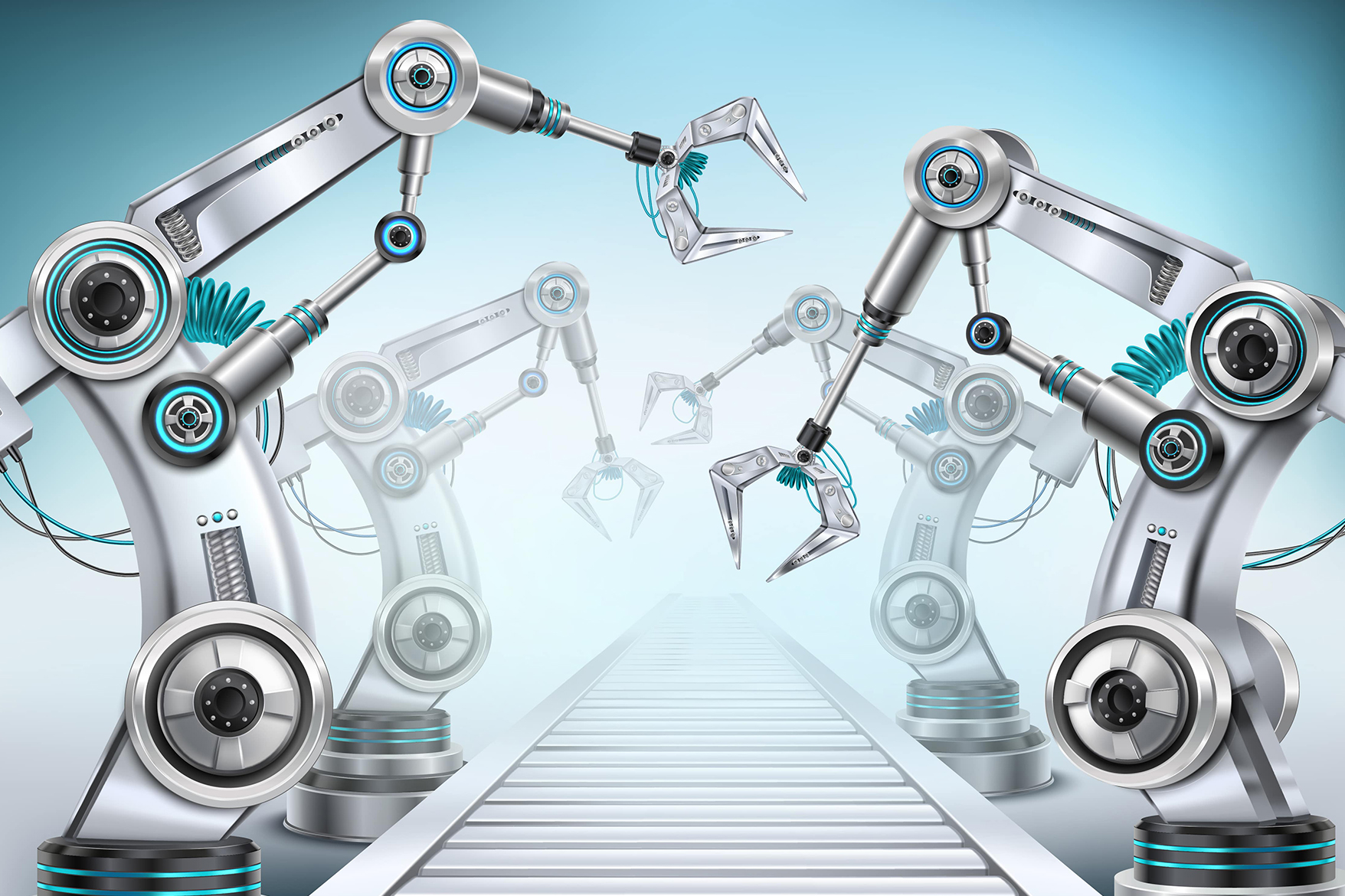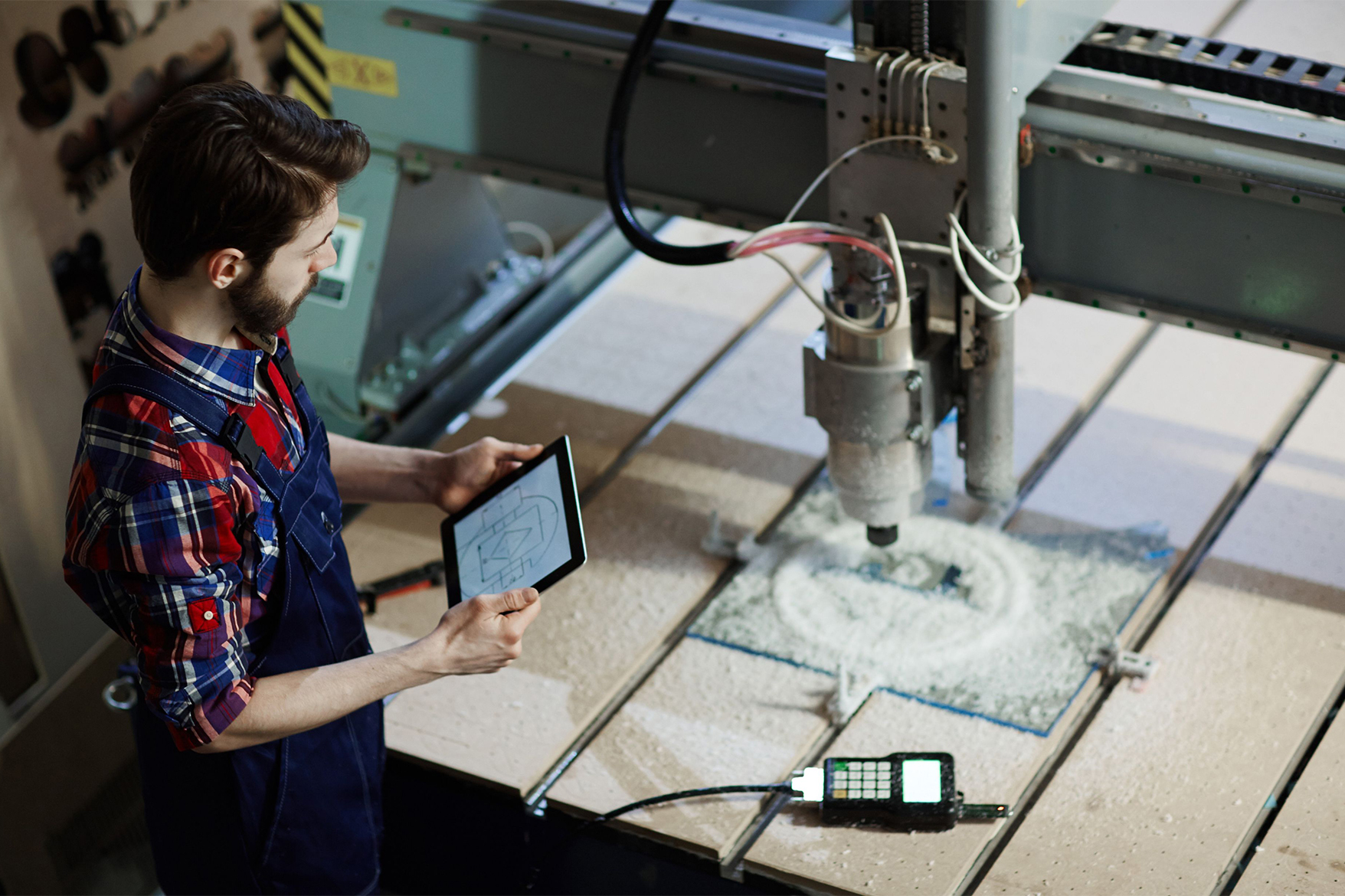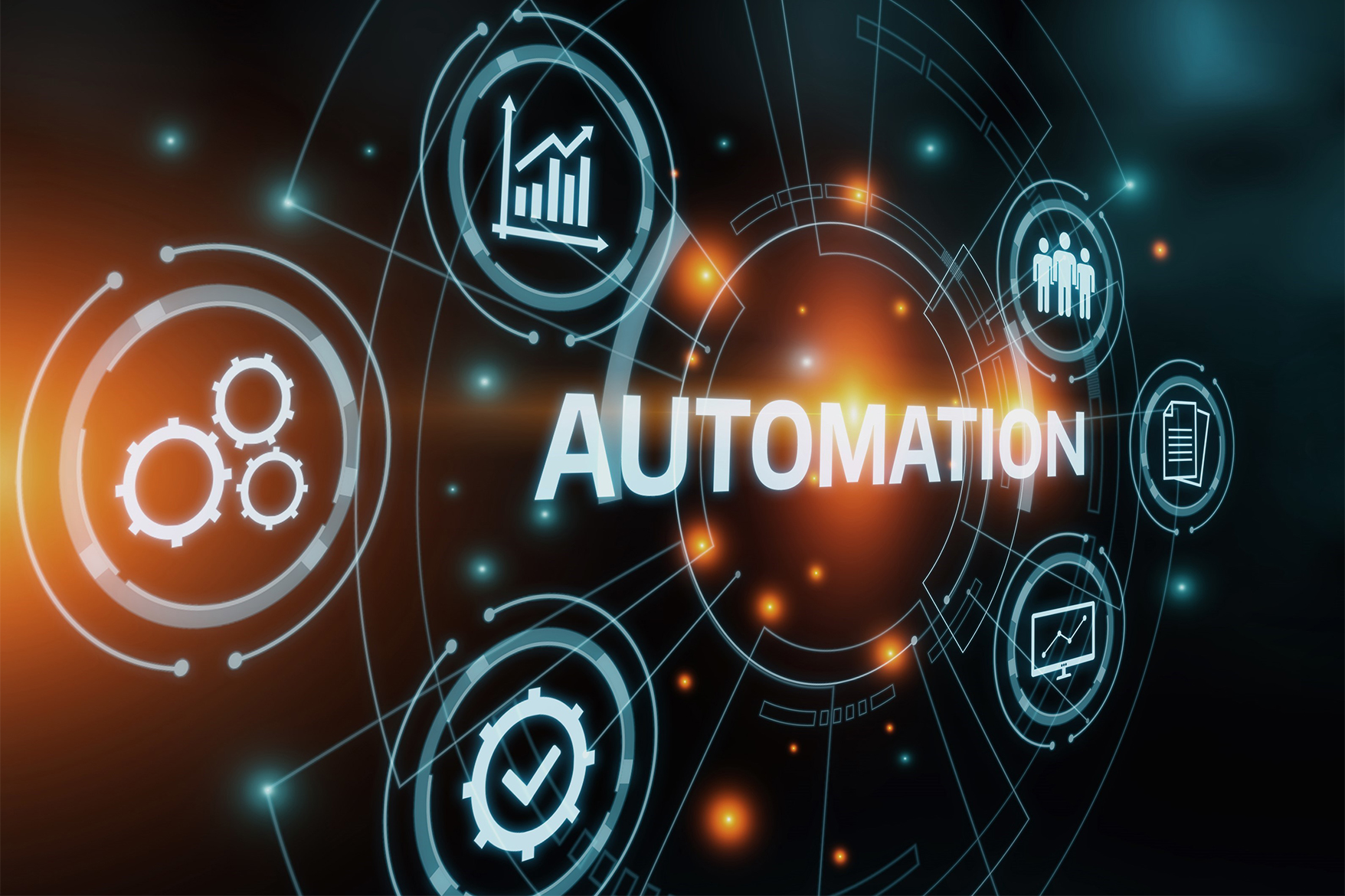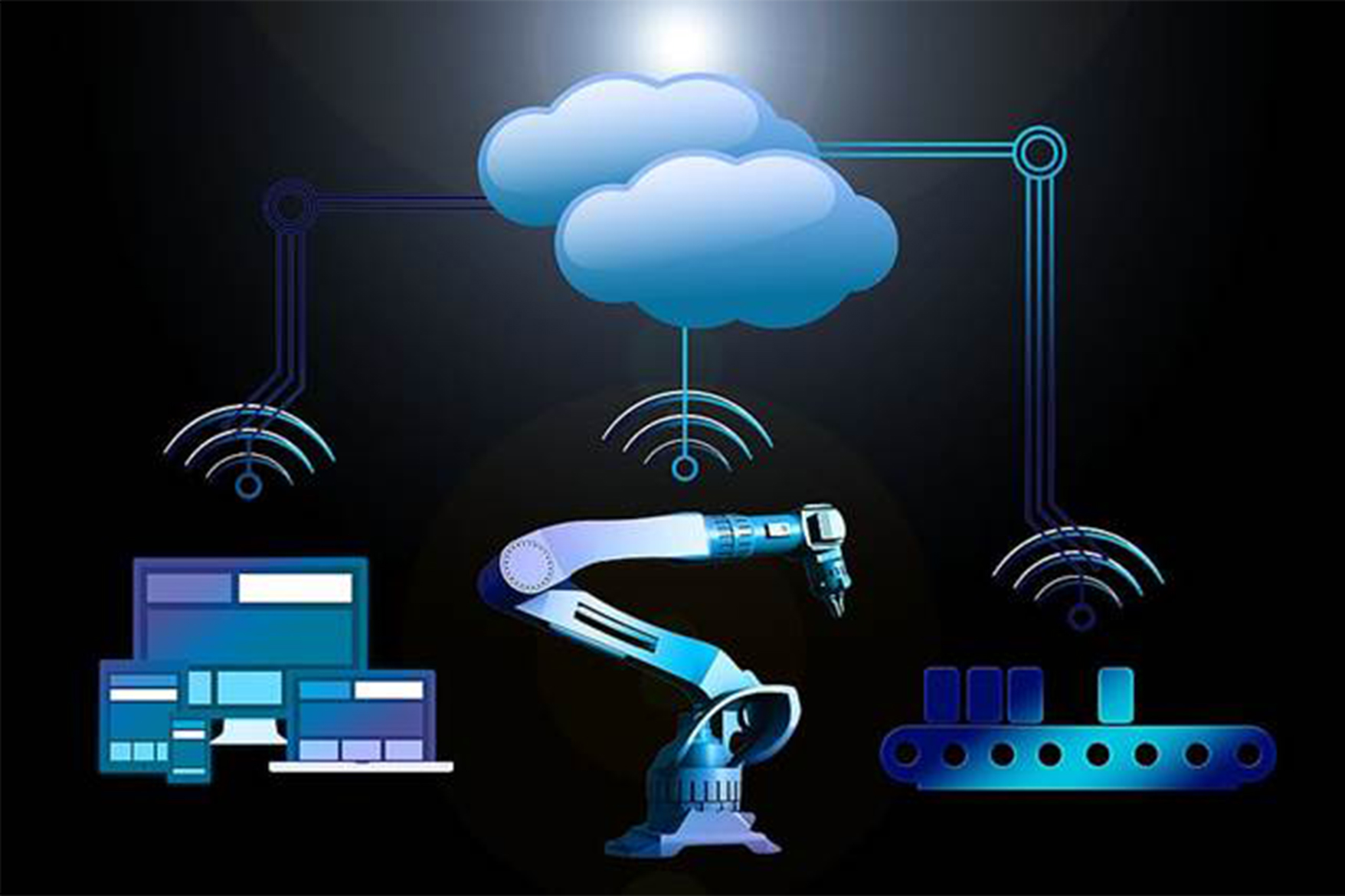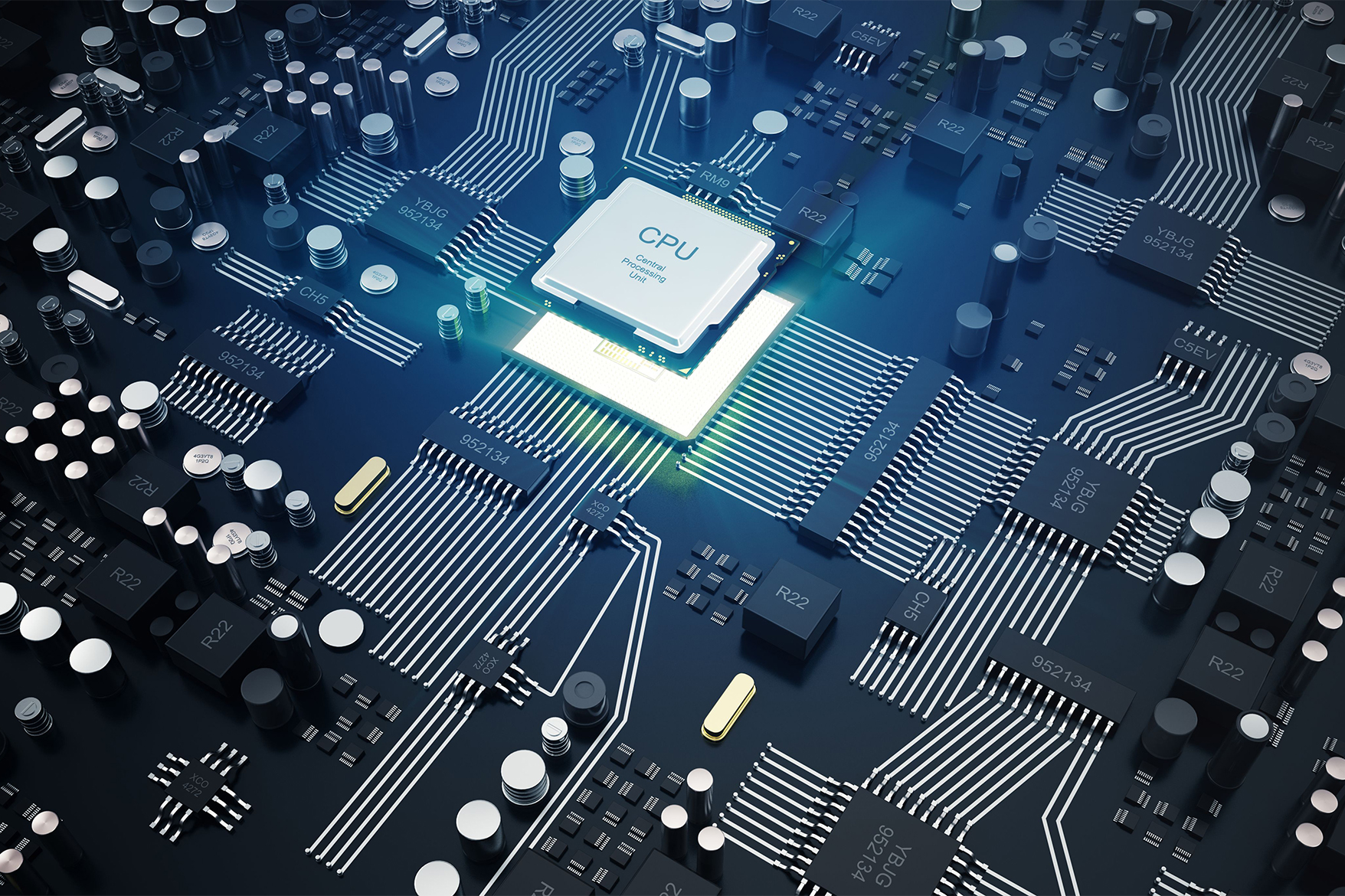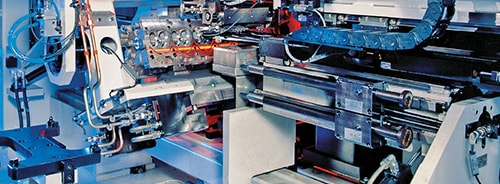Industrial digital transformation refers to many development and progress arrangements towards new plans of action and revenue streams comprising three major columns; automation, improved manufacturing cycles, and production advancement.
The Coronavirus pandemic has disturbed almost every business regardless of type and size, and manufacturing is no exception. Amid the social distancing and mandated closures, manufacturers have had to face disruptions in supply chains, inventory shortages, limited availability of employees, and a lot more.
During these 1.5 years of surviving this global pandemic, manufacturers realized the sheer importance of introducing automation into manufacturing processes. With lockdown and social distancing measures, manufacturers started rethinking about restructuring their operations and rely more on automation.
Innovative automated solutions can benefit the industries during this manufacturing downturn, enabling them complete tasks with unprecedented speed, precision, and increase real-time visibility into the production cycle.
Digital Transformation and Industry 4.0
Digital transformation is imperative to make the industries able to harness the power of Industry 4.0. While legacy systems and architecture have allowed the factories to work efficiently over the years, radically redefining the technology architecture will enable better data accessibility, streamlined production cycle, and scope of using the big data in smarter fashion. IIoT, for an instance, has far-reaching applications that can play a large role in driving commercial growth for the manufacturers.
With data being the new oil for modern business, deploying solutions that drive a quantum of value supported by a heap of information and analytical inferences.
What is a Smart Factory?
A smart factory is an industrial facility where your sensors are capable of interacting with the IT level applications and central data framework over high speed networking. This information is used to streamline the manufacturing process and enable end-to-end visibility into the factory’s technology architecture.
This results in increased effectiveness, functional upgrades, improved production, targeted maintenance, improved collaboration, to name a few.
Let’s move forward with our step-by-step guide to building smart factories.
Know your Needs and Goals
Merely defining the goals is not enough. A manufacturer needs to introspect his strategies and decided course of actions based on concrete vision. The “WHYs” lay the foundation to ensure that you put your resources into the right areas.
Start Small
Start with the most sensitive areas from where you can get the most benefits. Adapt to market changes, demands, and be flexible. Since you need to change your business strategy every five years or less, your technological systems should be flexible to be able to adapt to the updates and modifications as part of continuous improvement. You need to make sure that you keep an eye on the industrial resources and do not overspend on them.
Start with Your People
As most of the manufacturing plants still operate with legacy systems in place, deploying smart systems may not come easy at first. While ripping and replacing the legacy systems with the innovative solutions can incur huge CapEx and OpEx, having lesser digitally skilled workforce can prove to be an added overhead. Therefore, acquiring a skilled workforce and upskilling the existing workforce is a must.
Be Aware of Security
Cybercriminals are becoming smarter day by day. With increased IIoT devices in the network, the threat to data security becomes a rising concern. To future-proof your factory from unwanted security threats, updated security measures should be implemented on time.
Be Prepared for New Investments
Upgrading the factory environment, calls for some new investments. Sensors and monitors will likely be the main requirement for your smart factory to get up and running. However, these are not enough to ensure an improved performance. Make yourself ready for infrastructure upgrades like increased bandwidth and smarter platforms to store, analyze, and manage the large sets of data collected.
Hire a Data Analyst
Collecting and storing data do not serve the purpose. The capabilities should be extended towards digging the collected data to find insightful trends and patterns based on which critical management decisions can be made.
You may need to hire a data analyst who will turn your factory data into something usable and valuable.
Be Open to Change
Flexible and responsive factories are capable of performing in a dynamic environment. Industrial automation has to have sufficient flexibility to adapt to new technologies and innovations in the market.
Keep Upgrading Your Smart Factory Implementation.
The best way to deploy smart manufacturing technology is a step-by-step approach. You should continually extend the smart technology to additional parts of your facility.
A smart factory project consists of many phases, and each step relies on the maturity level of the manufacturer. The end-to-end integrated enterprise, regardless of the method you choose, will produce the ultimate result.
Incorporate an evidence-based approach while following a smart manufacturing plan. Measurements may be taken in the beginning with real-time data gathering, which includes MES installation as well as manufacturing intelligence dashboarding.
Conclusion
Implementing a smart factory can be a challenging and time-consuming process for many industries. At Utthunga, we have extensive expertise in smart technology and maintenance and factory solutions. We have a thorough knowledge of the implementation and management of smart technology.
Connect with us to start your smart factory journey today!

